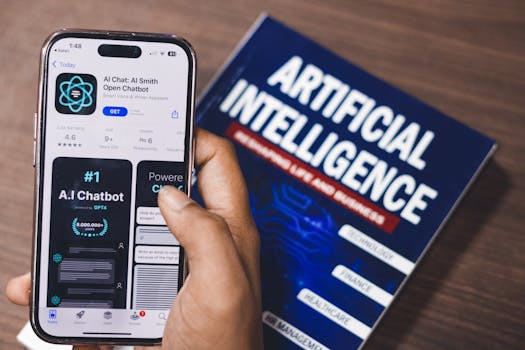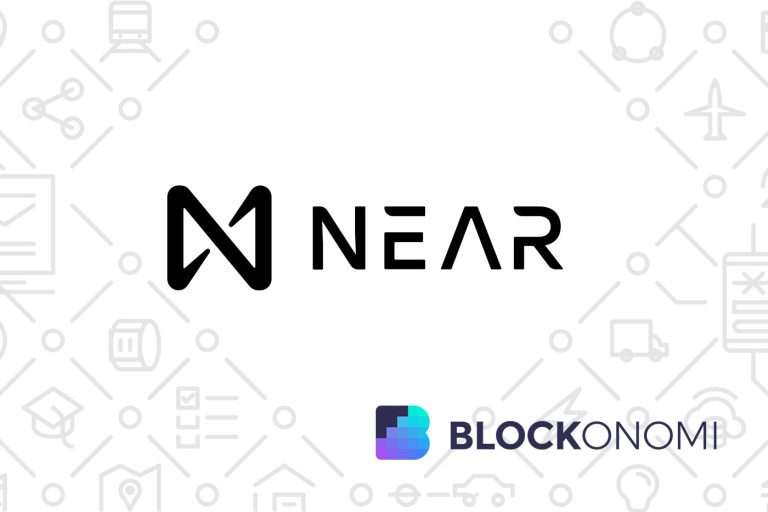
Emerging Trends in Artificial Intelligence and Machine Learning: What to Expect in 2024
Takeaways:
- The rise of explainable AI is enhancing transparency and trust in machine learning models.
- Generative AI is transforming content creation across industries.
- AI ethics and regulations are becoming critical as technology advances.
- Integration of AI with IoT is creating smarter environments.
- Automated machine learning (AutoML) is democratizing AI for non-experts.
Artificial Intelligence (AI) and Machine Learning (ML) are at the forefront of technological innovation, continuously reshaping various sectors and influencing how we interact with the digital world. As we move into 2024, several emerging trends are set to dominate the landscape of AI and ML. This article delves into these trends, examining their implications for businesses and society.
1. The Rise of Explainable AI
As AI systems become more complex, the need for transparency in how they make decisions has become paramount. Explainable AI (XAI) is gaining traction as organizations seek to understand the reasoning behind AI-driven outcomes. This trend is not just about improving the user experience; it’s also about ensuring compliance with regulations and building trust with consumers.
Industries such as finance, healthcare, and legal services are particularly focused on XAI. By providing insights into how algorithms reach their conclusions, companies can better explain their decisions to stakeholders and mitigate risks associated with AI biases.
Moreover, explainable AI is crucial for debugging and improving AI systems. As AI models are tested and refined, understanding their decision-making processes will allow developers to enhance performance and address any shortcomings effectively.
2. Generative AI: A Game Changer for Content Creation

The rise of platforms like ChatGPT and DALL-E showcases the potential of generative AI in automating creative processes. Businesses can leverage these technologies to create personalized marketing materials, generate product descriptions, or even produce entire articles, saving time and resources.
As generative AI continues to evolve, we can expect even more sophisticated applications, such as interactive storytelling and real-time content adaptation based on user preferences. This trend opens up exciting possibilities for engagement and user experience.
3. AI Ethics and Regulation: Navigating the Future

Governments and organizations are beginning to implement regulations and frameworks to ensure that AI technologies are developed and used responsibly. This includes guidelines for data use, transparency, and fairness in AI algorithms.
Companies that prioritize ethical AI practices will not only comply with regulations but also build better relationships with their customers. Consumers are becoming more aware of the implications of AI, and businesses that demonstrate a commitment to ethical standards are likely to gain a competitive advantage.
4. Integration of AI with Internet of Things (IoT)

For instance, smart homes equipped with AI-driven thermostats and security systems can learn user preferences and optimize energy consumption while enhancing safety. In industrial settings, AI-enabled IoT devices can predict equipment failures before they occur, reducing downtime and maintenance costs.
The synergy between AI and IoT is paving the way for advancements in smart cities, where data from various sources is analyzed to improve traffic management, waste disposal, and energy efficiency. As this trend continues to grow, we can expect to see more innovative applications that enhance our quality of life.
5. Automated Machine Learning (AutoML): Democratizing AI

AutoML platforms simplify the process of building and deploying machine learning models by automating tasks such as data preprocessing, model selection, and hyperparameter tuning. This enables non-experts to create effective AI solutions tailored to their specific needs.
As more organizations adopt AutoML tools, we can expect an increase in AI-driven applications across various sectors, from healthcare to retail, empowering even small businesses to leverage the benefits of machine learning.



